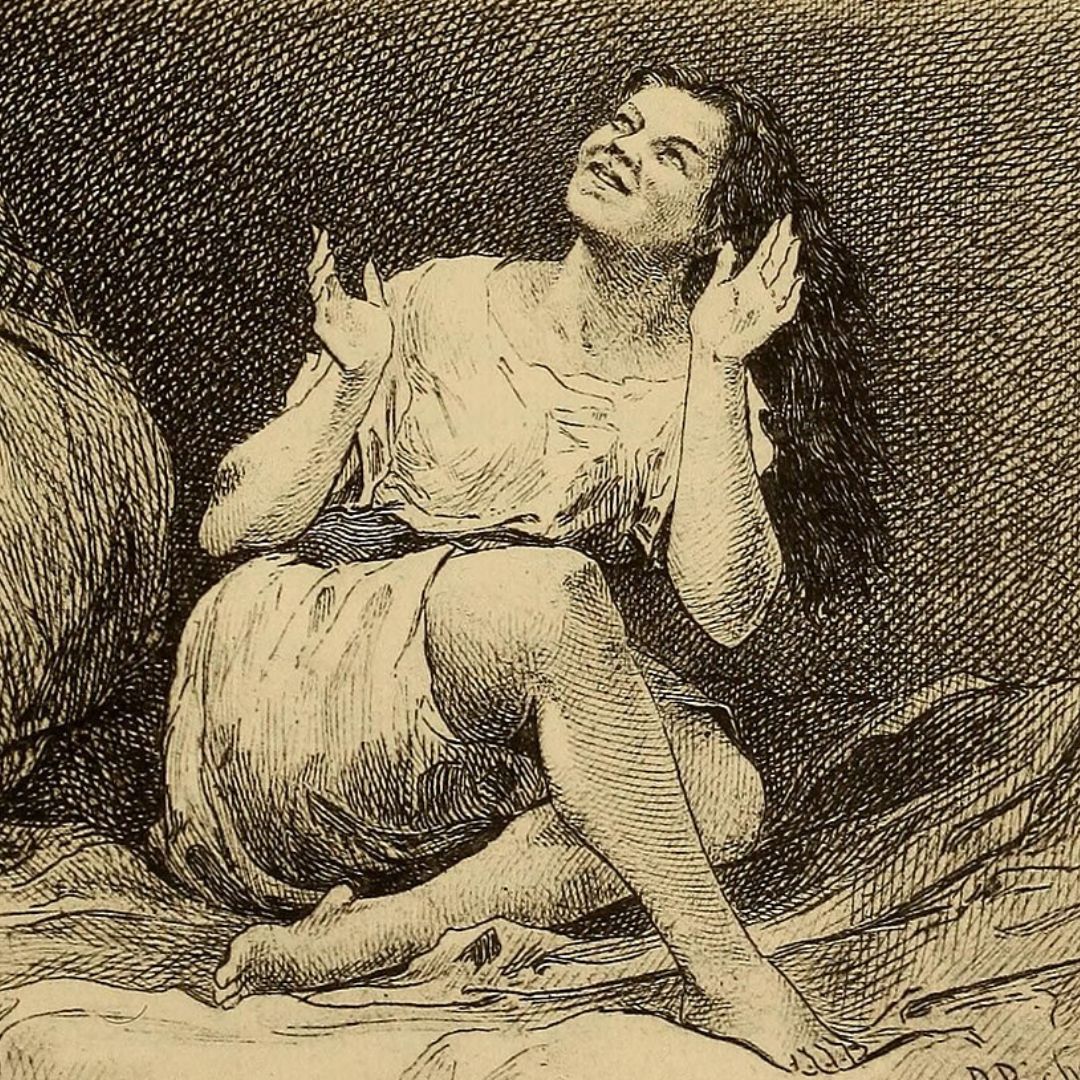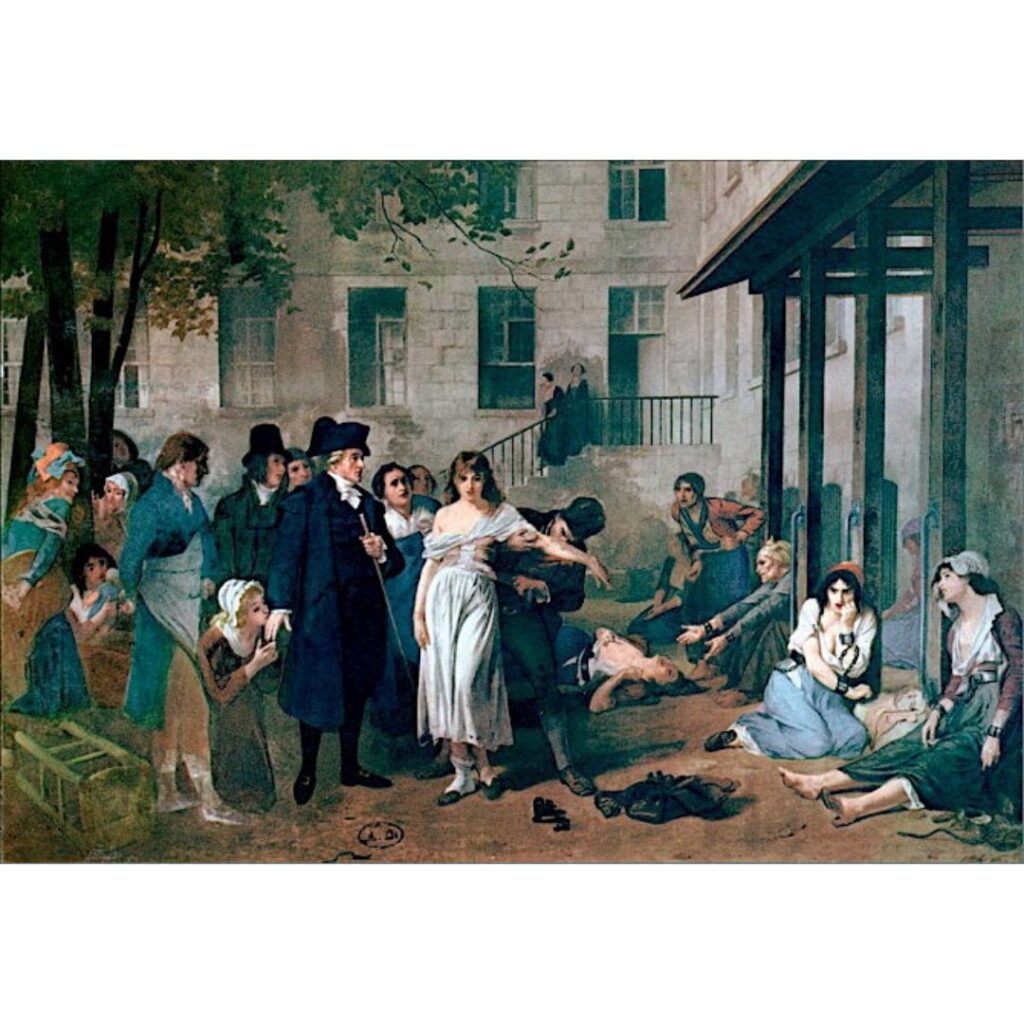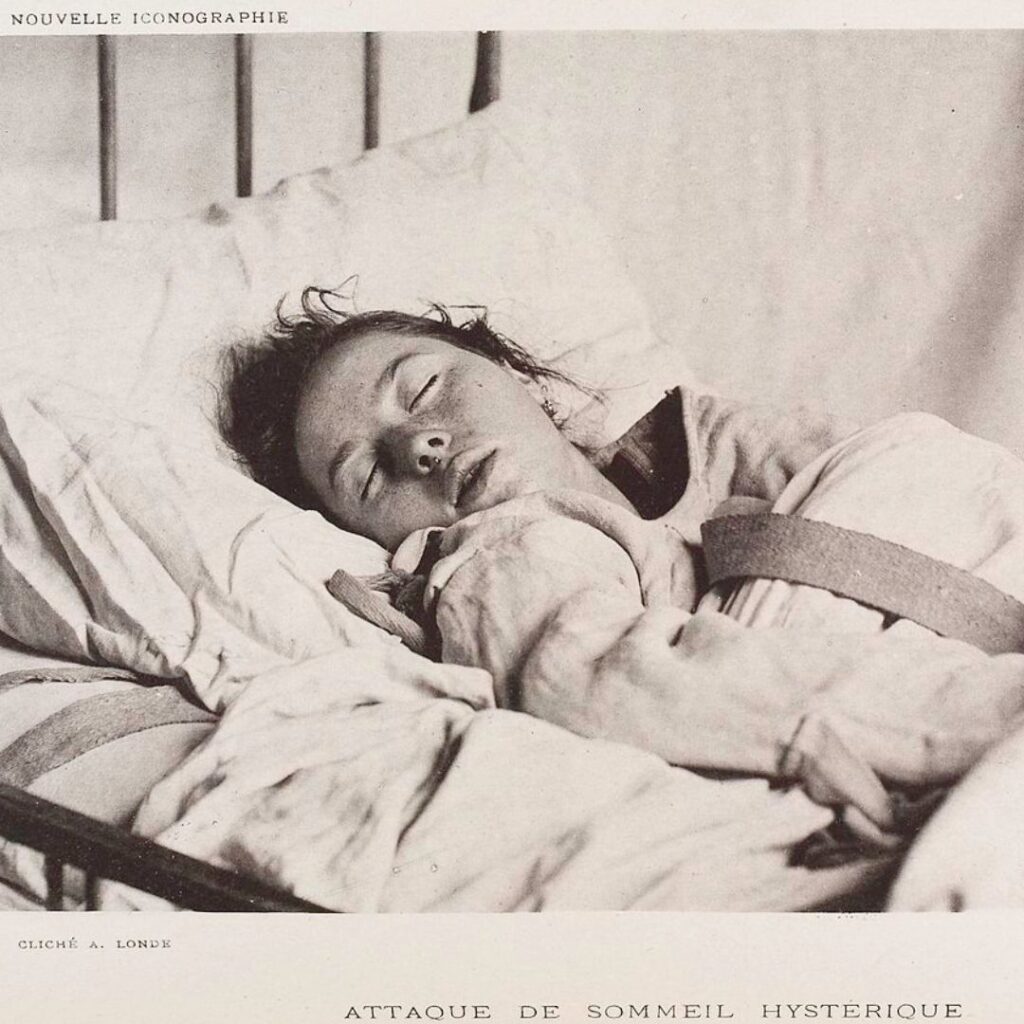- Culture & Travel
Bizarre Reasons Women Were Institutionalised For In the 19th Century
- ByLakshmi Premkumar

Image courtesy: Wikimedia Commons
In the archives of history, the 19th century stands as a turbulent period for women’s rights and mental health. During this era, a series of absurd and arbitrary reasons led to the institutionalisation of countless women in mental asylums. Though intended for the mentally ill, these institutions frequently became tools of societal control, targeting women who dared to defy conventional norms.
However, numerous medical writings, along with literary works such as novels and plays from the 18th century, illustrated how societal norms and pressures could “aggravate the emotions” of women—resulting in mental breakdowns caused by factors like unreciprocated love, inappropriate relationships, remaining unmarried, or the sorrow of widowhood.
Playwright Henry Fielding, for instance, described women as “sensitive and subject to extreme feelings and expressions”.
“These Fatigues, added to the Uneasiness of her Mind, overpowered her weak Spirits, and threw her into one of the worst Disorders that can possibly attend a Woman: A Disorder very common among the Ladies…Some call it Fever on the Spirits, some a nervous Fever, some the Vapours, and some the hysterics.”
—an excerpt from Amelia (1751) by Henry Fielding

Hysteria: The Catch-All Diagnosis
One of the most baffling reasons for committing women to mental asylums in the 19th century was the diagnosis of “hysteria”. Hysteria was a catch-all term used to pathologise any behaviour that didn’t conform to societal expectations of women at the time. Symptoms of hysteria ranged from anxiety and depression to assertiveness, intellectual curiosity, and even sexual desire. The concept of hysteria was a way to exert control over women who dared to step outside their prescribed roles.
Though they often disrupted the lives of women, diagnoses of hysteria and asylum stays were seen as methods to preserve family’s honour. According to the London Psychiatric Hospital, for hysterical women and their families, the asylum offered a socially acceptable excuse for inappropriate, and potentially scandalous behaviour. Rather than being viewed as a bad and immoral woman, honour and reputation could be maintained by the diagnosis of a medical condition and commitment to an asylum.
Menstrual Madness
The 19th century was rife with absurd beliefs about women’s bodies, and one such notion was ‘menstrual madness’. Women were often institutionalised simply for experiencing the natural biological process of menstruation.
Dr Mary Putnam Jacobi wrote in 1868, “At such times, a woman is undoubtedly more prone than men to commit any unusual or outrageous acts”. While medical texts stated that menstruation weakens the body, experts’ continual references to madness, violence, irrationality and superstitious associations with the moon, suggested otherwise. The medical experts of the time believed that a woman’s reproductive system was directly connected to her mental health, leading to the false conclusion that menstruation could drive women insane. This belief perpetuated the harmful stereotype that women were inherently unstable.

Nymphomania: a Fabricated Disorder
Nymphomania was another fabricated disorder that led to the institutionalisation of women. This supposed condition pathologised female sexuality, labelling women with strong sexual desires as mentally ill. Society’s discomfort with female sexual agency fuelled the misconception that women who enjoyed sex were ‘abnormal’ and needed to be confined.
When, in the 19th century, biological-based gender roles came to the forefront (work and intellect for men, home and children for women), it was the next step for doctors to declare that any woman who rejected her domestic role was medically insane. After visiting a girls’ school in America 1858 , a female doctor was quoted as saying, “You seem to be training your girls for the lunatic asylum.”
Women who studied or read—or simply had minds of their own and were determined to use them—were ‘morally insane’, a diagnosis invented by James Cowles Prichard in 1835. They were locked away until they conformed to more natural, feminine behaviour.
And there was only one way to escape: to submit.
For most Victorian women who found themselves institutionalised and labelled as lunatics, the mystery continues to surround their circumstances. Their stories are largely lost to history because of the lack of historical records. But the stories we do have are worth remembering—and retelling—as best we can. They continue to echo from the notes of the doctors and citizens who knew these women and from the gated asylums in which they were held.

READ MORE
- Gauri Khan, On Her New Experience Centre In Delhi, Her Favourite Spot At Home, and Great Décor Advice
- With IRTH’s New Store in Noida, The Brands Adds To Its Joyful Delights
- Ranbir Kapoor’s New Perfume, ARKS Day, Reminds Him of His Childhood
- Your Interiors Will Love The Colour and Design Predictions By Asian Paints’ ColourNext Forecast for 2025
- “India is an Incredible Source of Inspiration for Me, and I Want to Connect With the Hearts of Indian Women”





